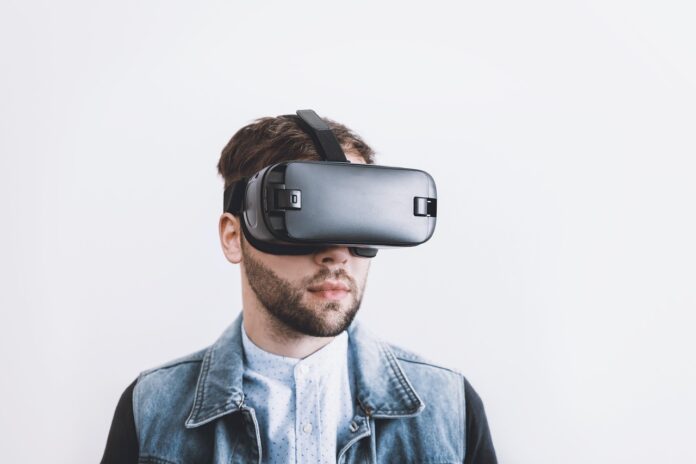Virtual reality (VR) technology has been rapidly gaining popularity in the gaming industry in recent years. With the ability to fully immerse players in realistic, 3D environments, VR gaming has become a highly sought-after experience for gamers of all levels. From intense action games to casual puzzle games, VR has opened up new opportunities for developers to create innovative and engaging experiences for players.
In this article, we will explore the rise of VR in the gaming industry, including the history and development of VR technology, the current state of the VR gaming market, and the future prospects of VR in the gaming world. We will also delve into the challenges and opportunities presented by VR gaming, and how it is shaping the future of the industry as a whole.
Virtual reality (VR) has been on the periphery of the gaming industry for several years, but it has recently gained significant traction among both gamers and developers. VR allows players to fully immerse themselves in a digital world and interact with it in a way that traditional gaming does not allow. This technology is transforming the way we play games, and it has the potential to revolutionize the entire gaming industry.
One of the main drivers of the rise of VR in gaming is the increasing affordability of VR hardware. In the past, VR headsets were expensive and required powerful computers to run. However, with the advent of standalone VR headsets, such as the Oculus Quest, VR is now more accessible to the average consumer. As the price of VR hardware continues to decrease, it is expected that the adoption of VR in gaming will continue to rise.
Another factor contributing to the rise of VR in gaming is the increasing number of VR games being developed. In the past, VR games were few and far between, but now there is a wide range of VR games available on various platforms. From action-packed first-person shooters to immersive role-playing games, there is something for everyone in the VR gaming space. This increase in the number of VR games being developed is a clear indication of the growing demand for VR gaming.
The COVID-19 pandemic has also played a role in the rise of VR gaming. With social distancing measures in place, many people have turned to VR gaming as a way to connect with friends and family while maintaining a safe distance. This increased interest in VR gaming has likely contributed to the growth of the VR gaming industry.
While VR gaming has come a long way in recent years, there are still challenges that need to be addressed. One of the main challenges is the cost of VR hardware, which is still relatively expensive compared to traditional gaming consoles. Additionally, some people may experience motion sickness or discomfort while using VR, which can be a deterrent for some players. Finally, there are still technical limitations to VR gaming, such as the need for a large amount of free space to play certain VR games.
Despite these challenges, the future of VR gaming looks bright. With the increasing affordability of VR hardware and the growing number of VR games being developed, it is likely that VR gaming will continue to grow in popularity. As VR technology continues to improve, it is possible that VR gaming could eventually become the dominant form of gaming, replacing traditional gaming consoles. In conclusion, the rise of VR in the gaming industry is a trend that is here to stay, and it is exciting to see where this technology will take the gaming industry in the future.
According to a report by MarketsandMarkets, the virtual reality (VR) gaming market is expected to grow from $6.0 billion in 2020 to $45.09 billion by 2025, at a CAGR of 50.8% during the forecast period. The growth of the VR gaming market can be attributed to the increasing adoption of VR headsets and the rising demand for immersive gaming experiences. In terms of hardware, the VR gaming market is segmented into VR headsets, VR gloves, and VR motion trackers. VR headsets are expected to hold the largest share of the VR gaming market during the forecast period, due to their ability to provide an immersive gaming experience. In terms of application, the VR gaming market is segmented into gaming, education and training, and others. The gaming segment is expected to hold the largest share of the VR gaming market during the forecast period, due to the increasing demand for immersive gaming experiences.





